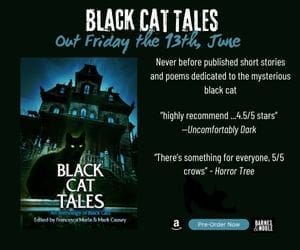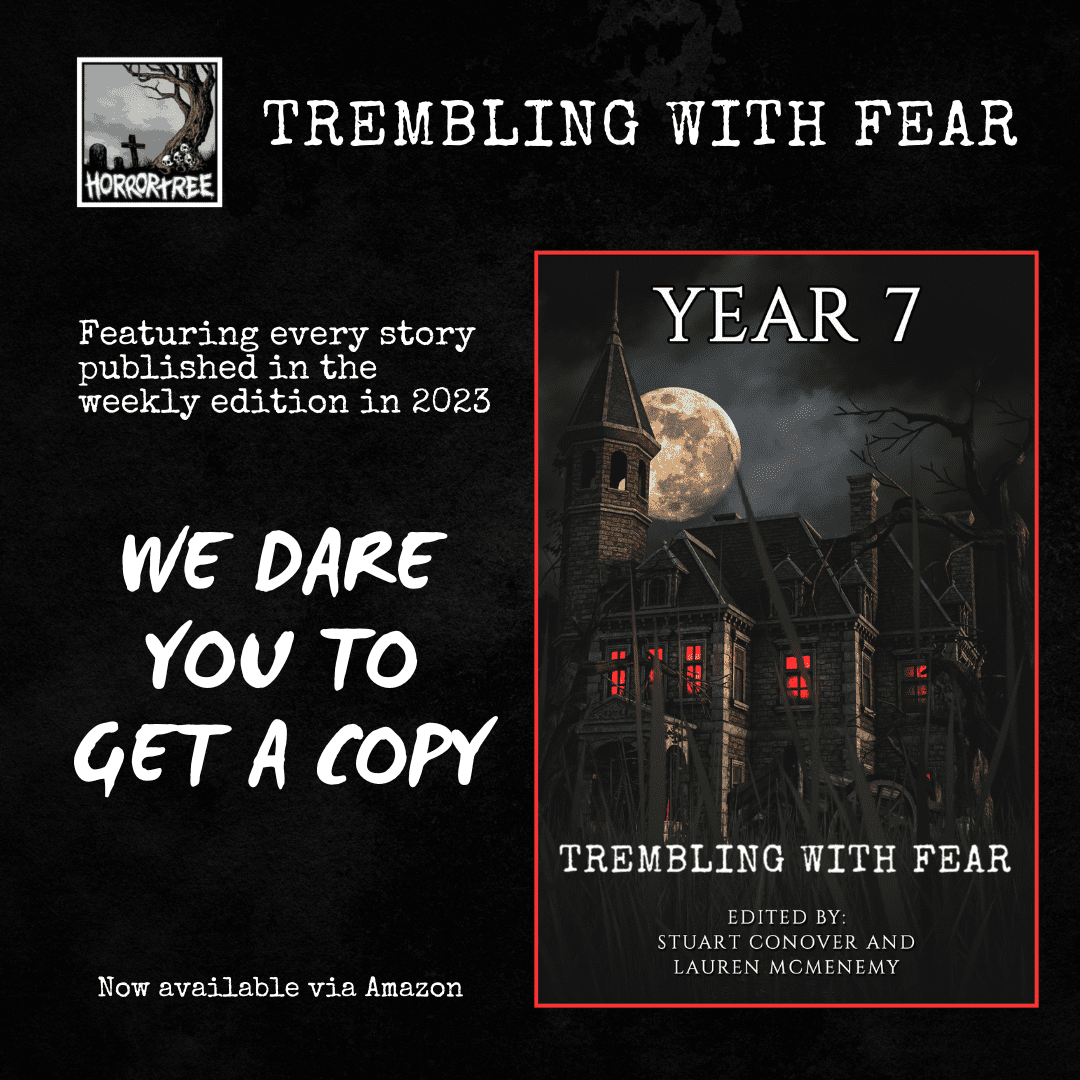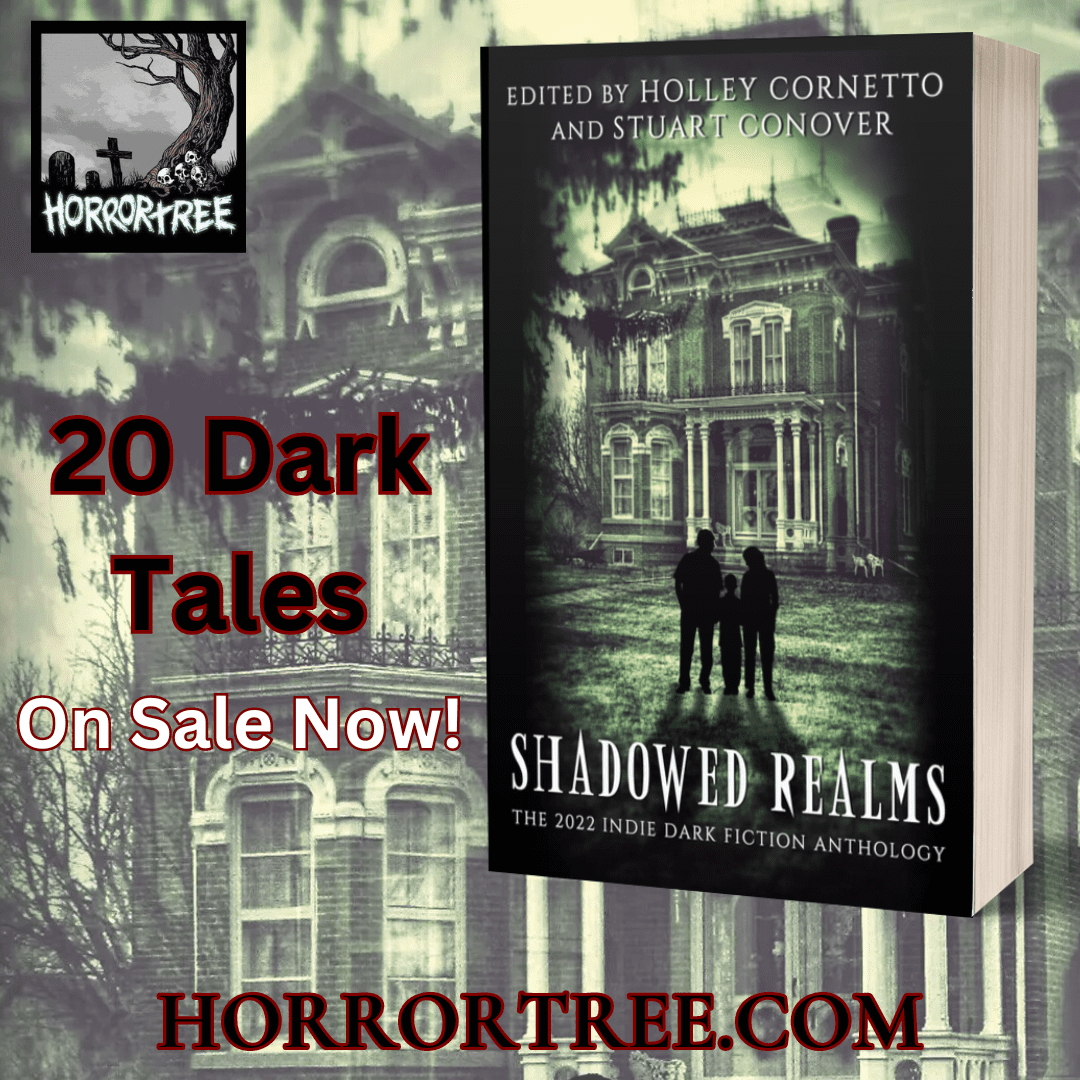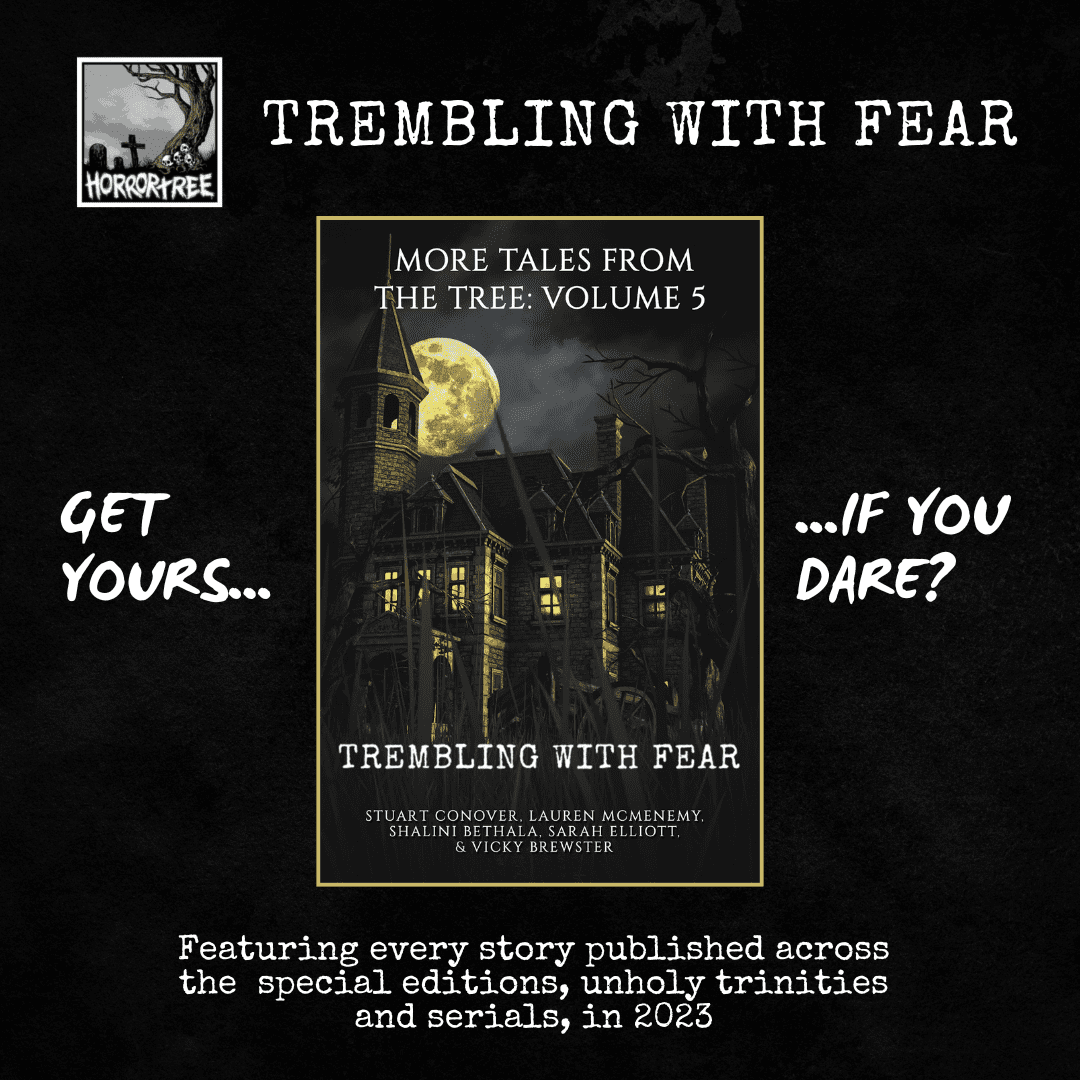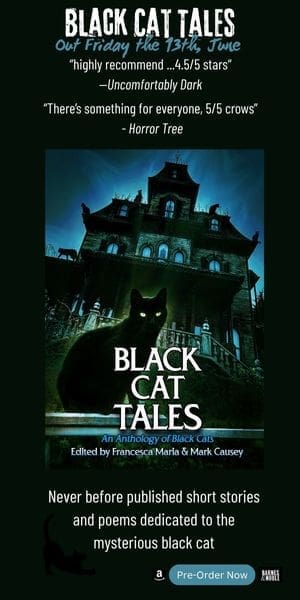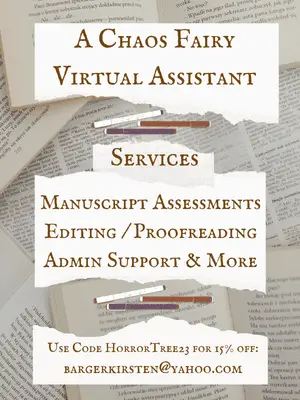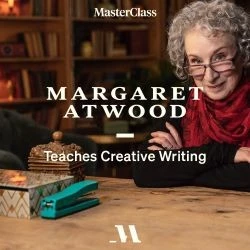Epeolatry Book Review: Charybdis by Suzanne Craig-Whytock

Disclosure:
Our reviews may contain affiliate links. If you purchase something through the links in this article we may receive a small commission or referral fee. This happens without any additional cost to you.
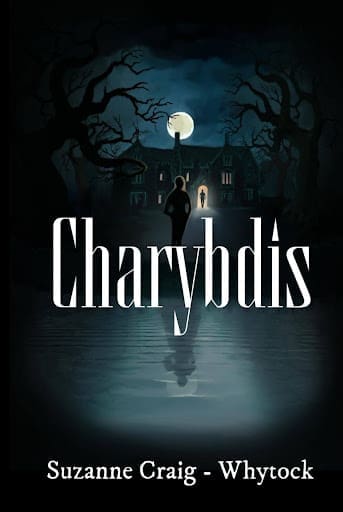
Title: Charybdis
Author: Suzanne Craig-Whytock
Genre: Psychological Thriller; Woman Sleuth
Publisher: Jane’s Studio Press
Date: 28th February, 2024
Synopsis: When Greta Randall stumbles across a rare volume of Victorian poetry in a local antique market, she could never have imagined that it would take her on a journey through time. The secrets she discovers along the way may shed light on the book’s mysterious young author, Louisa Duberger, but at what peril?
Award-winning writer Suzanne Craig-Whytock is the author of four previous novels, Smile, The Dome, The Seventh Devil, and The Devil You Know, and two short story collections, Feasting Upon The Bones and At The End Of It All, as well as the humour collection What Any Normal Person Would Do. Her short fiction and poetry have appeared in numerous literary journals, and she regularly publishes essays focused on life’s absurdities under the pen name ‘Mydangblog.’ She is also the Editor of DarkWinter Literary Magazine, an online journal which publishes short stories and poetry from both emerging and established writers, as well as the founder of DarkWinter Press and Baxter House Editions. Charybdis is her fifth novel.
Praise for Charybdis:
“Monsters come in many forms — from mythological jealousy to Brontean obsessive misfires of the mind. In Suzanne Craig-Whytock’s beautifully crafted literary mystery, the past and present are swept up in a whirlpool of their own making as a modern-day English literature student attempts to unravel the dark secrets and desires of an obscure Victorian Canadian poet.” Rod Carley, author of RUFF. Twice long-listed for the Leacock Medal for Humour.
I would be remiss not to mention that one of my all-time favourite books is Possession by A.S. Byatt.
As a result, I was invariably predisposed towards liking Suzanne Craig-Whytock’s Charybdis, a romantic tale similarly steeped in literature and academic research. Albeit one with a darker undercurrent that threatened to pull me under in the most delightfully horrifying way. Therefore, I enjoyed Charybdis’s many ebbs and flows, from past to present and back again through the diary entries of Victorian poet Louisa Duberger.
Oh, and did I mention there are actually poems that spring up in the novel as well; poems provided by none other than Craig-Whytock’s aunt, Margaret Randall? This really lent to the book’s journey through history, in a very personal and connected way, both to the story and to the author.
I also appreciated the underlying, however subtle, feminist critique running through the story. Perhaps empowerment of women is a better way to put it, even in the passages shaped by the restrictive Victorian environment of the past.
Still, as much as I relished reading this spooky take on scholarship and literary study, I felt that the book needed a bit more editorial attention in certain parts. There was some redundant language here and there, and, while trying to avoid spoilers, the prologue seems to be told from one perspective yet seems to be attributed to another.
Also, I’m not as much of an expert regarding the trend towards “showing-not-telling” as I’d like to be (as in identifying “showing” versus “telling”), but I often wonder if a side effect is that books are losing a bit of the immersive atmosphere. I read a lot of Gothic-style literature and romances when I was younger, often raiding my grandmother’s collection of works from authors like Victoria Holt and V.C. Andrews. I remember being really haunted by the scenes of the story, and I can still vividly remember the settings from Holt’s The House of a Thousand Lanterns or the dramatic events from her novel The Black Opal.
Granted, those books, if I reread them today, might not stand the test of time, but those early readerly experiences still shape my expectations when it comes to works like Charybdis, for better or for worse.
From this “old-school” perspective, Craig-Whytock’s book seemed like it had a “rushing to the end” feel when I would have preferred to linger over scene-setting descriptions. I felt like I really didn’t get a sense of place, both in the modern timeline and in the past timeline. I did get a bit of this by way of the Victorian estate, but it felt more like a static actor rather than a key player. Also, modern-day Canada also holds a certain romantic appeal, just as much as the “days of yore”, to this reader from the United States, and I would have liked to have more of a glimpse into the local city/town. For example, I got the sense that it was a fairly urban (and bustling) environment, and yet there was a part where a supporting character suggests the main character can do some “shopping” during their visit to a big(ger) city, which threw me off in terms of world building.
To me, the atmosphere is an equally important character in novels like this and it helps heighten the dramatic events as well as the unfolding of the characters’ lives, decisions, and innermost thoughts.
Overall, though, it is a story to get swept up in, and I’d recommend this read as appropriate for the spooky autumn season!
![]() /5
/5
Available from Amazon.





